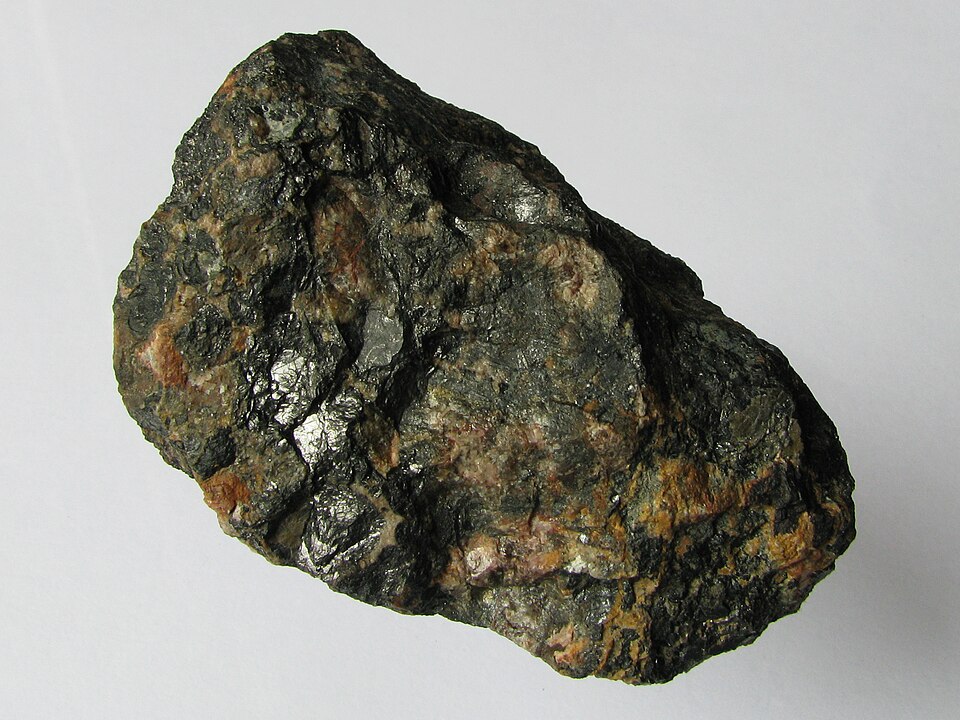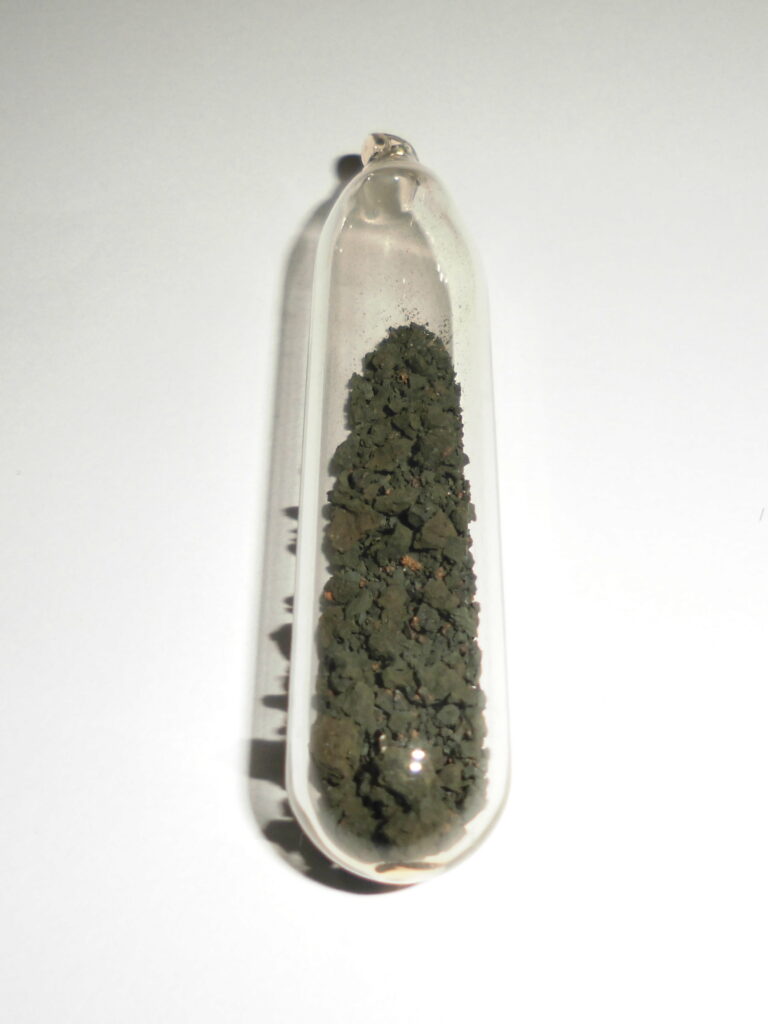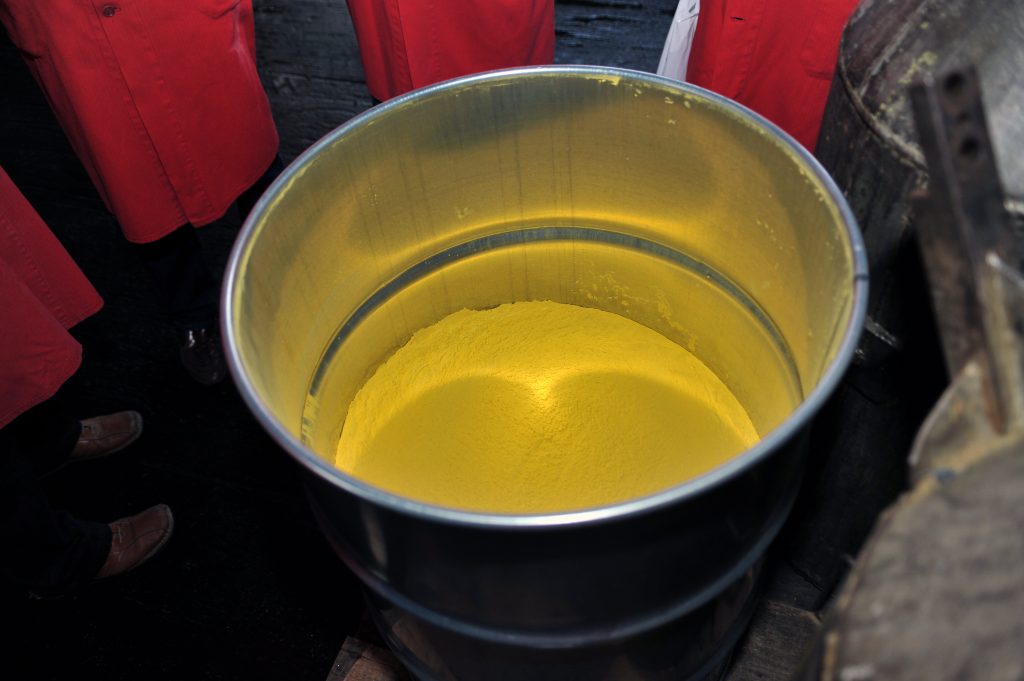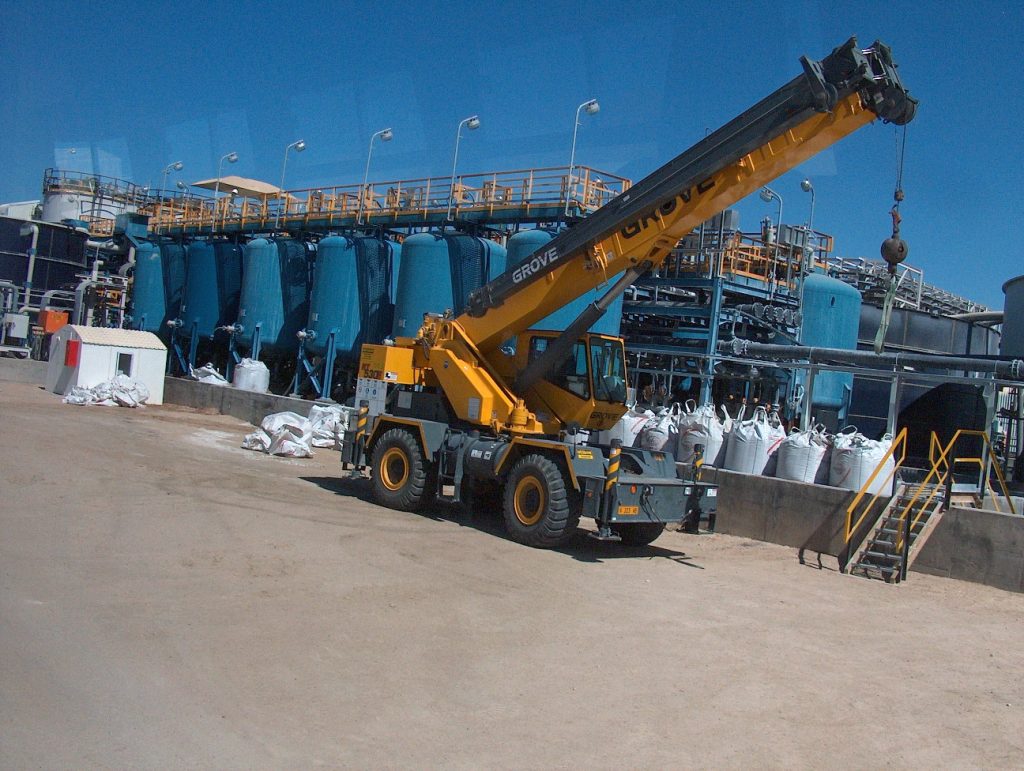Table of Contents
Milling & Refining
The first stage in transforming mined raw materials into powerful nuclear fuel is milling of the ore.
What is milling?
How are milling and refining carried out?
Step 1: Milling
First, uranium ore is crushed to a powder.
This step is crucial to the success of step two, as milling into a fine powder maximises the surface area on which chemical reactions can take place – crucial to the extraction of high grade nuclear fuel.

Step 2: Leaching
The product of milling, powdered ore, is dissolved in sulfuric acid (H2SO4) to form a solution that contains uranium and any impurities that were present.
This is then chemically purified, with the uranium precipitating out of solution in the form of concentrated triuranium octoxide.

Step 3: Calcination
After milling and leaching, the concentrated triuranium octoxide solution is dried and heated in a furnace to high temperatures (around 500–800°C), a process known as calcination.
Calcination results in the formation of high-purity yellowcake powder, U3O8, and is ready for conversion into nuclear fuel.

Where does milling take place?
Milling and refining usually takes place at or near to the mine.

Processing Area at Langer Heinrich Mine.
Explore Further
Choose from the articles below to continue learning about nuclear.
Nuclear Waste – Arch Nemesis of the Nuclear Industry
Nuclear Fuel Cycle – Fuel Fabrication
Did you know? Explore Nuclear also offers great careers information and learning resources.
Below you can find references to the information and images used on this page.
Content References
- IAEA – Nuclear Fuel Cycle
- NDA – Factsheet: Uranium Mining and Milling
- NSAN – Graduate Awareness in Nuclear (GAIN) Courses
- Nuclear-Power.com – Uranium Milling
- US NRC – Stages of the Nuclear Fuel Cycle
- World Nuclear Association – Nuclear Fuel Cycle Overview
- World Nuclear News – A guide: Uranium and the nuclear fuel cycle
